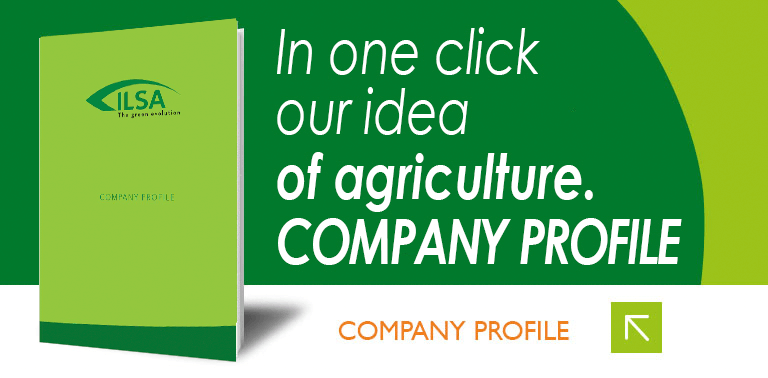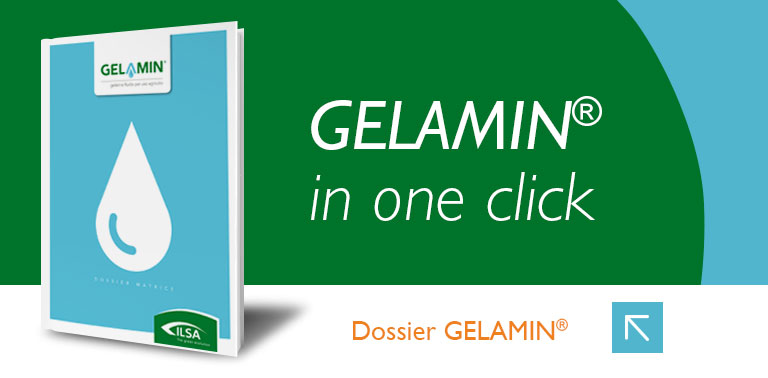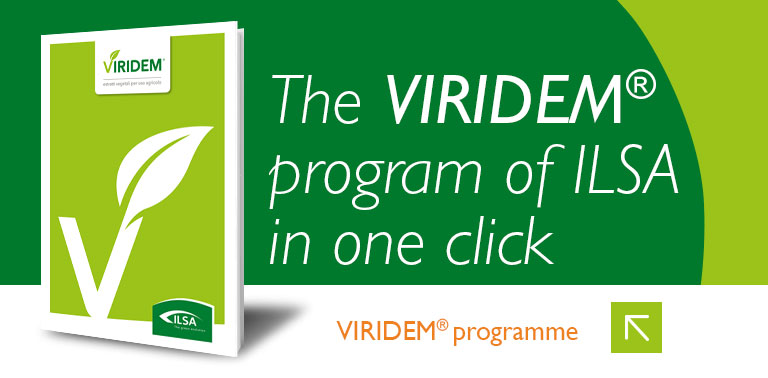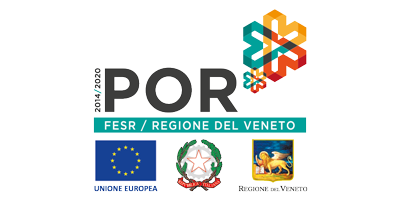Editorials
Fashion luxury brands visiting ILSA
11/10/2022
There are incredibly durable leather products, that last a lifetime. So, what does one do at the end of their life cycle? Landfills are known to be the graveyard of bags and shoes that are a leading cause of environmental pollution. Yet these artefacts are made of largely recyclable raw materials. From this premise, ILSA began her work 66 years ago and has since recovered trimmings from tanned leathers, turning them into fertilisers and specific goods for crops while boosting the collagen and organic nitrogen present in them.
ILSA has developed, together with some of the major Italian tanning groups, a recovery process of leather scraps resulting from the manufacturing phase carried out by the leather goods industries. The tanners that produce high-end leather goods were pleased with the idea since it allowed them to provide their customers with the option of collecting waste leather that was not used to make shoes, purses, apparel, or furniture.
Many international luxury brands have visited ILSA in recent days to understand its technologies and processes and see the eco-compatibility of its industrial processes. As they would dramatically reduce their waste as a result of the idea, their environmental performance would improve, and their reputation as being environmentally friendly would also prosper.
The sustainability of a brand and its actions to implement it are increasingly strategic market drivers, an opportunity for dialogue and an important moment of creating trust between producer and customer. The market is increasingly attentive to the ethical behaviour of producers who are called to demonstrate responsibility in their work, not only from an economic but also from a social and environmental point of view.
Today, therefore, many leather goods companies can enhance their tanned leather waste, taking an extra step towards the sustainability of the entire leather supply chain.





.png)
















